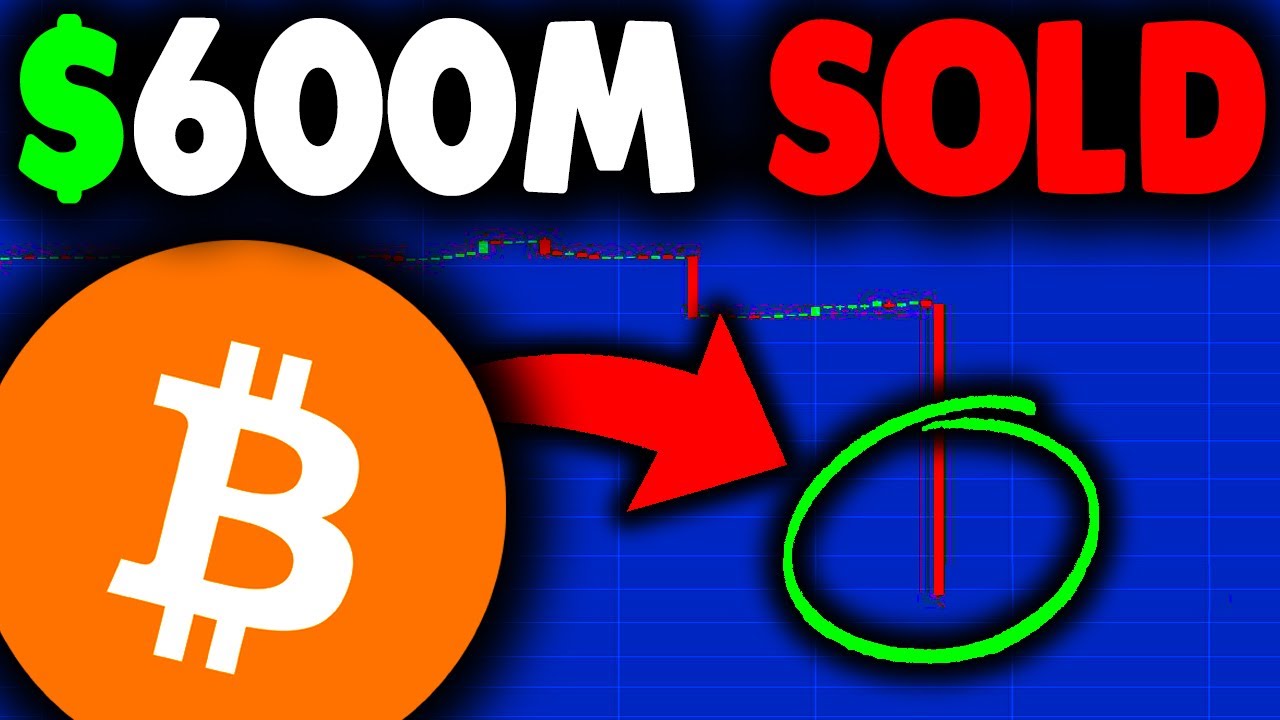With key stakeholders taking earnings and confidence in shopping for the dip staying excessive, merchants who had been overzealous a couple of fast Bitcoin rebound again to all-time excessive ranges had been punished with additional value declines.
Though Bitcoin (BTC) has subtly bounced since dropping beneath $34,000 in late January, its value continues to be down 20% within the final 30 days. Ether (ETH) has fared worse, dropping 30% on this similar timeframe. This version of the Market Perception’s e-newsletter takes a deeper take a look at the information behind the cryptocurrency market’s efficiency up to now month.
For instance, Bitcoin’s key whale dealer tier, sometimes comprising addresses holding between 100 and 10,000 BTC, has dumped roughly 150,000 BTC up to now three months.
The provision held by this group could be very usually used as a major main indicator for the place costs will head subsequent. The present provide held by these whale addresses has dropped to 47.31%, close by of the one-year low of 47.20% held again in mid-Could when costs had been declining swiftly.
NVT was bearish for BTC however turned bullish in January
Santiment’s Community Worth to Transactions Ratio (NVT) mannequin measures the quantity of distinctive BTC circulating on the community, then calculates whether or not that output is above, on par, or beneath the anticipated quantity of circulation to justify Bitcoin’s present market capitalization.
There was a wholesome and anticipated quantity of tokens moved since October 2021. When costs had been falling through the first half of January, the month lacked the required circulation to maintain costs above $40,000. Nonetheless, on common, the month of January introduced a semi-bullish sign after some dip shopping for and elevated exercise.
As a bonus, February has began off in bullish circulation territory. It may be concluded that when another metrics align with the constructive circulation divergence, costs can surge in a rush.
FOMC influence and Bitcoin’s main indication on S&P
Merchants throughout a number of totally different sectors held their breaths for the US Federal Open Market Committee’s announcement on Jan. 26. and whether or not U.S. rates of interest would rise and quantitative easing can be utilized. It seems that will probably be a foregone conclusion that these charges will probably be rising a couple of month from now. With this information, cryptocurrency and equities markets have regularly grow to be a bit much less correlated.
Even previous to the FOMC assembly, Bitcoin had already begun its decline. And instantly following the assembly, BTC’s value was the primary to start to slip. The S&P 500 has been significantly unstable and polarizing for buyers and nonetheless seems to be on a notable downswing for the reason that U.S. Federal Reserve’s assembly. In the meantime, gold has rebounded, and Bitcoin’s value has been uneven. Nonetheless, in accordance with historic research by Santiment, BTC value breakouts are likely to occur when its value is least correlated with equities markets.
BTC community realized revenue/loss spike
One in every of Bitcoin’s quieter days, Feb. 1 noticed the fourth-highest community realized revenue spike up to now 12 months. The cumulative spike of three.65 billion indicated a better chance of a possible correction, however provided that merchants present disinterest.
The offender of this huge uptick in realized revenue apparently was revealed to be associated to Bitcoin that was stolen within the 2016 Bitfinex alternate hack. These cash had been moved on the morning of the identical day, and the receiving handle of those cash incorporates 94,643 BTC.

Damaging funding charges throughout exchanges
From the third week of January, merchants started inserting giant portions of brief positions, as Bitcoin’s value dropped beneath $34,000 for the primary time since July. Varied initiatives noticed a mean adverse perpetual contract funding fee throughout a number of exchanges. With funding charges, Santiment calculates the typical charges throughout Binance, Bitfinex, FTX, Deribit and dYdX. In some belongings’ circumstances, a smaller mixture of those exchanges is used in the event that they aren’t listed on all 5 exchanges.
Typically, when there’s a huge contingency of belongings being shorted, liquidations happen with key stakeholders pumping costs to make use of the adverse funding charges as rocket gas to propel belongings larger. That is precisely what ended up occurring as a result of, on Jan. 24, the markets’ native backside (for now) and costs rapidly climbed till many of those shorts dissipated and merchants started going lengthy once more.
Bitcoin continues shifting off exchanges
Bitcoin’s cumulative provide is down to only 11.5% sitting on exchanges at the moment. Six months in the past, this provide ratio on exchanges was at 13.2%. One 12 months in the past, this provide ratio was at 13.9%.

This clear downtrend in cash shifting away from exchanges is mostly an encouraging signal for the long-term prospects of Bitcoin’s value and market capitalization persevering with to develop. With much less provide of an asset obtainable on exchanges, this limits additional sell-side stress and thus main value drop danger is mitigated.
Merchants present worry, marking the January native backside
Dealer sentiment towards each Bitcoin and Ether has fallen again into adverse territory from mid-December to mid-January after an extended stretch of euphoria from early October by way of mid-December. Typically, giant key stakeholders watch for this crowd mindset that costs will proceed to surge without end, and that is the place they take earnings whereas belongings look like at their peak values.
Damaging dealer sentiment is mostly an indication that value bottoms are getting shut, significantly when sentiment drops into the crimson “worry zone,” as illustrated above.

As dealer sentiment turned constructive once more within the second half of January, there was one other value leg down that despatched Bitcoin and Ether merchants once more into the “worry zone.” With this crowd doubting the flexibility of costs to rise, the likelihood of constructive return days rises for the smaller contingency of merchants who stayed affected person by way of the volatility.
Every day common and median ETH charges
The typical payment per single transaction on the Ethereum community has come again to earth in January and early February, following sky-high prices of $62.85 again at all-time excessive ranges on Nov. 8.
Typically, Ether value corrections happen shortly after payment charges exceed $52 per common transaction or $27 per median transaction. With common charges again right down to a comparatively wholesome $14.39 common transaction and $4.25 median transaction, it’s a promising indication that wholesome utility can exist as soon as once more.

Cointelegraph’s Market Insights E-newsletter shares our information on the basics that transfer the digital asset market. With market intelligence from one of many business’s main analytics suppliers, Santiment, the e-newsletter dives into the newest knowledge on social media sentiment, on-chain metrics, and derivatives.
We additionally assessment the business’s most vital information, together with mergers and acquisitions, modifications within the regulatory panorama, and enterprise blockchain integrations. Join now to be the primary to obtain these insights. All previous editions of Market Insights are additionally obtainable on Cointelegraph.com.
Each funding and buying and selling transfer entails danger, you must conduct your personal analysis when making a call.









